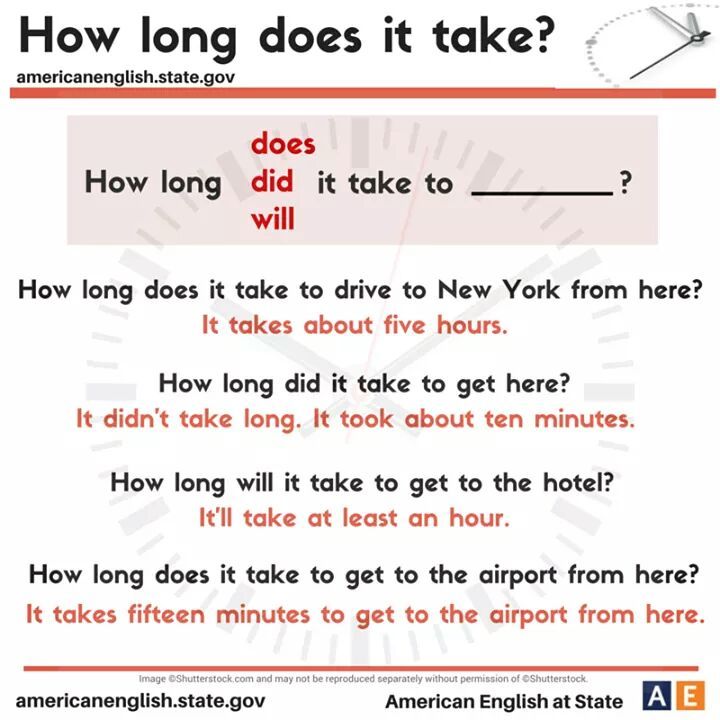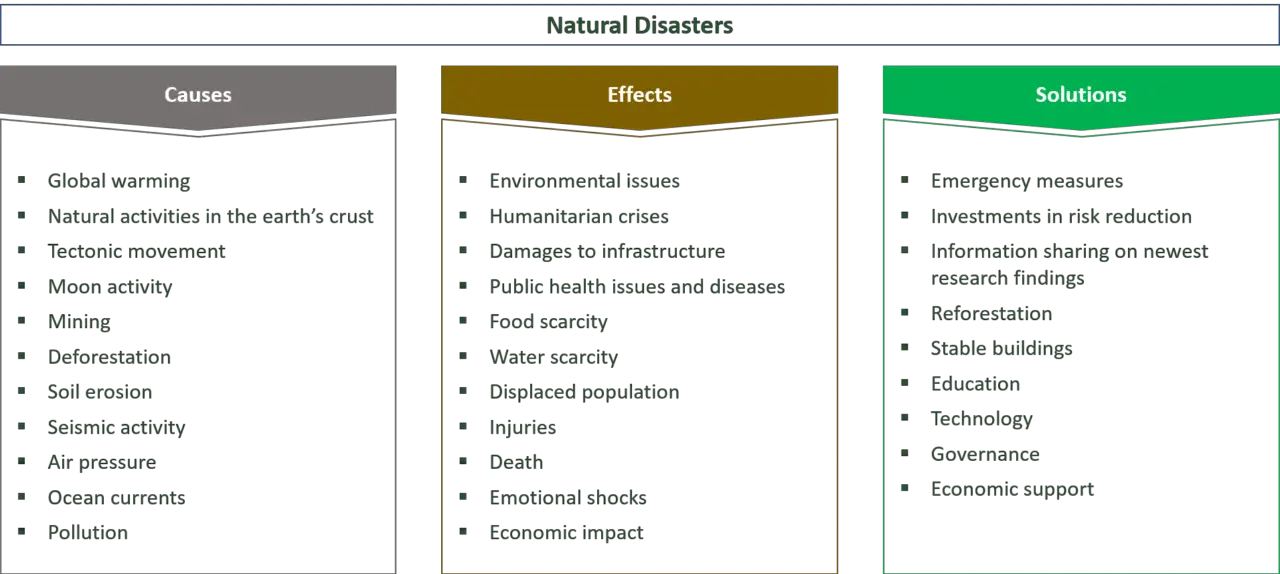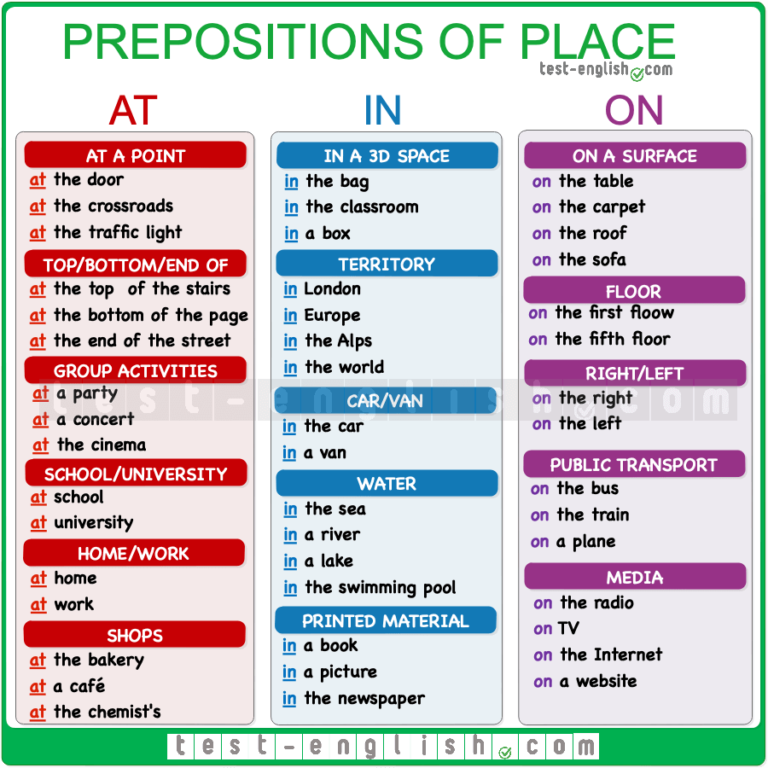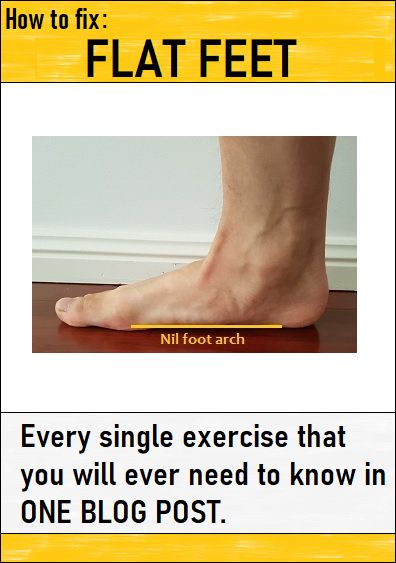Flat tires are a common occurrence that can put a damper on any drivers’ day. Keeping Fix-a-Flat handy is an easy-to-use solution to get back on the right quickly.
Fix-a-Flat is a convenient option to patch a hole in your tire. It can last for up to 3 days or the first 100 miles of driving when used correctly. When purchasing Fix-a-Flat, it will last on your shelf for two years. It provides enough support for immediate road mobility.
Fix-a-Flat is widely known as one of the most reliable emergency flat tire repair tools. It provides excellent durability, ease-of-usage, and it is incredibly affordable. If you want to learn more about Fix-a-Flat, what exactly it is, and the longevity it provides, then keep reading.
All tires react to damages differently. Some can get punctured easier than others, and the repairs require more comprehensive solutions. However, our team uses Fix-a-Flat in different situations to test its reliability, and it consistently beats expectations. Learn from the experts about how to use Fix-a-Flat.
Fix-a-Flat is an aerosol that can quickly repair tires. It is a one-push spray that can inflate and seal your tire for a fast repair. The spray will seal any holes or punctures in a tire to prevent any current leaks and keep the tire inflated adequately.
Fix-a-Flat uses a liquid propellant that inflates without the hassle of using a traditional air pump. The polymer latex composition enters the tire and creates a thick foam that hardens when exposed to air. When sprayed along the inner tire wall, it hardens over the puncture and seals wherever the leak occurs.
The size of the hole is not an issue either. Fix-a-Flat can seal holes up to 1/4 inches without extra tools or equipment needed. Unless you are facing severe tire damage, this is a reliable repair option.
Because Fix-a-Flat does not properly inflate the tire the same way a pump would, it is recommended to only use it as a temporary solution to regain road mobility. The manufacturer recommends driving on Fix-a-Flat for three days or 100 miles, whichever occurs first.
The manufacturer recommends driving on Fix-a-Flat for three days or 100 miles, whichever occurs first.
Customers have reported instances where Fix-a-Flat lasts longer or shorter as well. We decided to run a few tests to see how different factors impact the length it will last on your tire. We determined there were three key factors to consider.
The significance of your tire damage will determine how effective Fix-a-Flat will be in inflating and sealing your tire to help you get back on the road.
Remember, you can only expect to plug a hole as large as 1/4 inches. Anything larger may be temporarily sealed, but the distance you can travel will be extremely short-lived.
It is ideal to use for more minor punctures from objects like nails that create a small hole that is easily located on the tire. Sidewall damage can make it more challenging to create an effective seal too.
Road conditions will impact how long your seal will last. A new Fix-a-Flat seal can puncture quickly on uneven dirt or stone roads filled with sharper objects. It is best to avoid these if possible until you can properly repair or replace the tire.
A new Fix-a-Flat seal can puncture quickly on uneven dirt or stone roads filled with sharper objects. It is best to avoid these if possible until you can properly repair or replace the tire.
The weather also plays a vital role. When the temperature drops, so does the effectiveness of the sealant. It is best to avoid using it during the winter months because Fix-a-Flat can freeze when exposed to this type of weather.
When the sealant freezes in your tire, it will cause an imbalance in the tires. This can cause your driving to suffer and put the vehicle at risk for internal damages. The other tires also wear quicker because they are driving unevenly.
Through some testing, we learned that using the correct amount of sealant is extremely important to how long your tire can last on the road.
If you use too much, it can damage the internal structure of the tire. However, if you do not use enough sealant, it will not be effective. The foam forms to seal the holes in the tire, so adding a little extra is a way to ensure the tire will drive evenly and last long enough.
The foam forms to seal the holes in the tire, so adding a little extra is a way to ensure the tire will drive evenly and last long enough.
The process to get started with Fix-a-Flat is relatively straightforward. However, there are a few things to consider to make sure each step is performed safely.
A flat can leave you stranded in difficult areas. Be sure to pull your vehicle off the road to perform a repair safely and away from any potential accidents.
Use a PSI checker to see the current level of your tire. It helps to know how much air your tire needs to reach the ideal PSI level for driving, so you know how much Fix-a-Flat is required.
The can of Fix-a-Flat has a hose on the end that connects to the tire’s valve stem to inflate and seal the tire quickly.
Allow some tire to pass while the can is connected to the tire. You will hear the sound of air filling the tire. Checking the PSI after filling the tire is the best way to ensure you put the correct amount in.
You will hear the sound of air filling the tire. Checking the PSI after filling the tire is the best way to ensure you put the correct amount in.
Be sure to disconnect the can when you finish and put the valve stem cap back on your tire to keep it inflated.
The foam from the can of Fix-a-Flat requires movement in the tire to settle and create an accurate seal inside the tire properly. Start driving to allow proper circulation.
Head to a repair shop as soon as possible to have your tire permanently fixed or replaced.
Fix-a-Flat sounds like an easy solution, but it also has some negatives as well. We break down both the pros and cons of using Fix-a-Flat for your tire repair.

You might be wondering, what are the risks of Fix-a-Flat? Is it worth using?
Well, it depends on the type of vehicle you have and how you use it. A few risks include uneven tire wear, rim damage, wheel damage, and TPMS damage.
The chemicals used in Fix-a-Flat can become corrosive when exposed to air. They use specific chemicals that can eat away at these critical elements of your vehicle.
This could lead to long-term vehicle damage and cause an unbalanced driving experience. Other risks include uneven tire wear because of the imbalance.
It is recommended to avoid using Fix-a-Flat if your vehicle uses a Tire Pressure Monitoring System (TPMS) because the sealant can ruin its effectiveness. They cost a lot of money to fix, and it is not worth the hassle.
They cost a lot of money to fix, and it is not worth the hassle.
It can damage your TPMS because the sealant builds up on the inner sidewall of the tire and permanently plugs the hole that gauges your tire pressure. Sometimes it can be repaired quickly, but the risk outweighs the reward.
After considering all of the benefits and risks involved, what should you do? Are there better solutions?
We always recommend that drivers have a temporary spare tire in their trunk for flat tire situations. However, it is not always feasible to make the change. Packing a can of Fix-a-Flat in your trunk is an excellent safety option too.
You can expect to get up to 100 miles in driving with Fix-a-Flat. This is plenty of support to get your vehicle to a repair shop to replace or repair the tire. While we don’t believe Fix-a-Flat is the number one flat tire solution, it is undoubtedly a reliable option in an emergency.
Fix-a-Flat is a handy tool to have at your disposal, even if you have room to carry a spare tire. It’s much quicker than changing the tire and requires no physical labor, but we all know that the downside is that Fix-a-Flat doesn’t last forever.
The original Fix-A-Flat solution lasts up to 100 miles or 3 days of use. It’s recommended that you drive to the nearest tire shop or home to install and install a good tire immediately.
We’ll focus not only on the Fix-A-Flat solution but also on the alternative options and see how long they can last. We’ll also talk about how Fix-a-Flat is used and whether it’s actually worth it, so keep reading if you’d like to learn more!
Fix-A-Flat is the most popular emergency tire repair solution. The company offers four different single-use that are used for different tire sizes.
The Compact Tires can is suitable for subcompact and compact cars. Standard Tires can is good for the compact, wagon, and midsize sedans cars. The Large Tires can is great for larger wagon and sedan cars, crossovers, and SUVs. The X-large Tires can is designed for bigger trucks and SUVs.
Standard Tires can is good for the compact, wagon, and midsize sedans cars. The Large Tires can is great for larger wagon and sedan cars, crossovers, and SUVs. The X-large Tires can is designed for bigger trucks and SUVs.
The solution is capable of inflating a flat tire and sealing punctures up to 1/4″. Fix-A-Flat is a tried and true method of quickly sealing a tire, and it’s a relatively inexpensive solution that may help you when you’re in a hurry or missing a spare tire.
However, there are a few drawbacks of Fix-A-Flat and similar solutions that we need to address. Before we do that, let’s talk about how to use Fix-A-Flat.
Fix-A-Flat is a very simple solution to use and takes a few minutes to get the tire inflated. Just follow these steps and you’ll be able to inflate the tire and reach the nearest mechanic:

As I’ve mentioned, using Fix-A-Flat isn’t difficult, but there are a lot of DOs and DON’Ts involved in its use that can lead to unwanted results.

Changing a tire is a much longer and more difficult process than using Fix-A-Flat. In extreme weather, like cold, rain, or hot summer day, spending 5 minutes outside with the can of Fix-A-Last is going to be much better than spending half an hour on a tire change.
Fix-A-Flat and similar solutions are also quite cheap and handy to have, especially if, by some chance, you happen to puncture more than one tire. It’ll also save you from calling a towing service – even if it’s included in your AAA membership, waiting for the tow truck can take a while.
That’s why I’d recommend having a can of Fix-A-Flat in the trunk regardless of whether you have a spare tire or AAA membership.
The first issue with Fix-A-Flat and other aerosol tire inflating products is that they’re pressurized and can explode in the heat. Fix-A-Flat says that the limit is 120 degrees Fahrenheit, a temperature that can easily build up in a closed car on a hot day.
These solutions are also corrosive and must be cleaned out from both the tire and the rim during the tire change. Leaving Fix-A-Flat on the rim will cause it to corrode and deteriorate at a rapid pace.
This also means that the process of fixing the tire is going to be more time-consuming and expensive.
While a typical nail puncture can be fixed in 5 minutes with a plug, when Fix-A-Flat is used, the mechanic will have to take the tire off the rim, clean both of them, plug the hole, mount the tire back on, balance it and only then is it ready for use.
Another thing to pay attention to is whether the solution is TPMS safe. Fix-A-Flat is safe for use on wheels with a tire pressure monitoring system, but some of the other solutions may not be.
The disadvantages of Fix-A-Flat make it more of a last-resort option rather than option A. It’s convenient to use but causes a lot of inconveniences later on, so it’s really a trade-off solution.
There are a lot of tire-inflating solutions in a can out there, so while we’re on the subject, let’s take a look at the most popular options.
Slime sealant is a very popular solution for fixing flat tires. The product can be found in a variety of containers, with the classic 16 oz can providing enough of a charge to seal a passenger car or a trailer tire.
To use the product, you’ll have to position the tire valve towards the top. With the provided tool, unscrew the valve core and let the tire deflate. Remove the foreign object if possible, then attach the hose and squeeze it into the slime.
Once you’re done, reinstall the valve core. The drawback of the Slime sealant is that it requires a portable air compressor to inflate the tire, while Fix-a-Tire is an all-in-one solution.
Other than that, Slime sealant works just as well, with the capability to seal up to 1/4″ puncture, work in extreme temperatures and cause no damage to the tire pressure monitoring system (TPMS).
Check Price
TireJect sealant stands out as the solution that is the most capable of sealing bead leaks. The process of using the TireJect is simple and similar to how Slime sealant works.
The process of using the TireJect is simple and similar to how Slime sealant works.
You’ll have to remove the valve core and push the sealant through the valve stem into the tire. Reinstall the valve core and attach the portable air compressor to reinflate the tire. The seal will take effect within five minutes and will hold for long enough to reach the closest tire mechanic.
TireJect solution fixes tread punctures that are up to 1/4″ in diameter, doesn’t cause tire vibration or balancing issues, and is completely safe to use with TPMS sensors.
Check Price
FlatOut is another standout solution that has a different marketing scheme. While other solutions are temporary fixes, FlatOut is a one-and-done product that will seal leaks for the entire lifespan of the tire.
Not only that, but the manufacturer claims that FlatOut can seal punctures up to 1/2″, which is twice the standard.
The solution can be used for any application from motorcycles and lawnmowers to trailers. It is not recommended for passenger cars, SUVs, and trucks, which is most likely the reason why it can work so effectively, as it’s only used on light-duty wheels.
The application is straightforward. Take the valve stem out, pour the required amount of FlatOut, return the valve stem and inflate the tire.
FlatOut may not be compatible with all tire pressure monitoring systems, but as most trailers and bikes don’t have them, that shouldn’t be a problem.
Check Price
Fix-A-Flat actually works for the amount of time specified on the can – 3 days or 100 miles. You should remember that after the 3 days, the Fix-A-Flat has to be cleaned off the rim, or it can cause damage to the metal.
Fix-A-Flat is the opposite of a permanent solution. It’s only intended as a quick fix to get you to the nearest tire shop, or to work and back so you can swap the tire at home.
It’s only intended as a quick fix to get you to the nearest tire shop, or to work and back so you can swap the tire at home.
Yes, you can. While it’s not recommended to use other sealant solutions along with Fix-A-Flat, adding in more air is completely safe and recommended.
Fix-A-Flat is completely safe to use with a tire pressure monitoring system (TPMS). The only thing you need to do is tell the tire mechanic to properly clean Fix-A-Flat from the tire and the rim before mounting the tire back on the car.
The answer to this question depends on what exactly we’re talking about. If you have large tires and standard-size Fix-A-Flat cans, then it’s fine to use more than one can on a single tire.
Using a single can of sealant on multiple tires is not okay. Also, prolonging the effect of one can by using another in a couple of days is not recommended. At that point, you should get the tire repaired or replaced.
At that point, you should get the tire repaired or replaced.
When all things are considered, Fix-A-Flat is a handy product to have. It has a long shelf life and is very affordable, so you can keep one in the trunk of your car and forget about it until you really need it.
Using a spare tire is objectively a better solution, but it’s not always possible to safely and quickly replace the wheel. Fix-A-Flat will be the fastest method of getting to your destination, and then you can sort out the issue at a tire shop.
If possible, you should remove the nail before applying Fix-A-Flat. While it may seem logical to leave it in and let the sealant close the gap around it, the constant movement of the tire and the pressure applied to the puncture spot will never let the sealant properly take effect.
No, Fix-A-Flat will have no negative effect on the tire or the rim as long as it’s cleaned within the specified amount of time. Leaving Fix-A-Flat on the rim may cause corrosion and structural damage, and render the rim unusable.
Leaving Fix-A-Flat on the rim may cause corrosion and structural damage, and render the rim unusable.
Fix-A-Flat needs to stay above 32 degrees or it will freeze. To use it, you should warm it up to room temperature. During the colder months, you can use the interior heater on the can to warm it up before applying it.
The downsides of Fix-A-Flat are apparent only after you’ve gotten to the tire shop. The technician will have to perform extra steps and clean out the Fix-A-Flat thoroughly, which is most certainly going to increase the cost of tire repair.
That’s the only reason against using Fix-A-Flat, but the benefits are far greater in certain situations, especially when installing the spare is not possible.
The story about mechanics hating Fix-A-Flat because it ruins tire pressure monitoring sensors has no grounds in reality. Fix-A-Flat is TPMS-safe, and I don’t see why a mechanic would complain about making an easy buck replacing it.
Fix-A-Flat is TPMS-safe, and I don’t see why a mechanic would complain about making an easy buck replacing it.
The real reason why they hate it is that they hate cleaning it. It’s tedious and time-consuming, but they have to do it or else you’ll be a dissatisfied customer. That shouldn’t concern you, but you should expect a higher service fee because of it.
Before you can patch a tire, generally you have to clear out the foam from the tire and more importantly from the rim to keep it from affecting the metal in the future.
Fix-A-Flat is without a doubt a useful asset in your on-road toolkit. Changing the punctured tire for a spare will be better, but time, weather, and safety may make it inconvenient or impossible. In those situations, the Fix-A-Flat is going to pay for itself several times over.
Get more tips from us by checking out these posts:
How to Fix Cracked Tires – Detailed Steps
Is It Safe to Drive With Low Tire Pressure?
How Far Can You Drive On A Flat Tire?
September 21, 2022
77% of Russians plan to re-paste wallpaper, and 43% will do the repairs themselves, IC Rosgosstrakh found out during a survey *.
61% of Russians believe that their housing is in good condition and needs only cosmetic repairs; every fifth (21%) has done repairs recently, and 17% of respondents' housing needs serious repairs - with the replacement of wall and floor coverings, heating systems, plumbing and even furniture.
28% of respondents did the last repair 1-3 years ago; another 23% - 3-5 years ago and 13% - from 5 to 7 years ago. The same number of respondents (13%) made repairs less than a year ago, and 10% more than 10 years ago. At the same time, half of the respondents (50%) believe that cosmetic repairs should be carried out every 3-5 years; 27% - once every 2-3 years; and less than once every five years - 21%.
42% of respondents plan to make repairs in 2-3 years; 24% in 3-5 years; 8% - in more than five years, and 20% are not thinking about repairs now. There are also those who do not plan to do it at all, their share was 4%.
43% of Russians plan to do repairs on their own, 34% - to involve a contractor team, and 15% of respondents rely on the help of relatives.
IC "Rosgosstrakh" found out what types of work the Russians plan to carry out:
Re-paste the wallpaper - 77%
Change the furniture - 51%
Change the plumbing - 37%
Paint the walls and ceilings - 36%
Make repairs on the balcony — 33%Make stretch ceilings — 33%
Optimize and make space more functional — 29%
Change electrics — 24%
Install air conditioning — 23%
Change windows — 18%
Change heating system — 14%
Make redevelopment — 11%
More than half of respondents (58%) live in an old residential fund, a third of Russians (34%) live in relatively new houses built no more than 20 years ago. Only 7% of respondents live in new buildings. Statistics show that living in a particular type of housing to a certain extent depends on the type of settlement and the age of the respondents. In cities with a million population, the highest proportion of respondents (13%) has apartments in new buildings. The age of half of them (51%) is 26-35 years. And the Russians of the older generation (56-65 years old) live mainly in the old housing stock (74%).
The age of half of them (51%) is 26-35 years. And the Russians of the older generation (56-65 years old) live mainly in the old housing stock (74%).
“Sooner or later, everyone does repairs in an apartment, but sometimes you have to start these actions not of your own will, but through someone else's fault. In this case, unplanned expenses, and sometimes very significant ones, cannot be avoided, - says Ekaterina Zenchenko, Head of the Office for Underwriting Property of Individuals of PJSC IC Rosgosstrakh. “We offer our clients to insure an apartment using the “Native Walls” product, which will reliably protect housing and the peace of mind of its owners and will allow you to avoid unnecessary expenses in case of theft, fire, flood, damage to neighbors’ property and many other cases. The homeowner will not have to wait for damages from the perpetrators, it will be possible to start repairs immediately after receiving the insurance payment, and the insurance company will deal with the perpetrators of harm. It is very convenient that when concluding a contract, an inspection of the apartment is not required, and the policy can be issued online.”
It is very convenient that when concluding a contract, an inspection of the apartment is not required, and the policy can be issued online.”
Original press release
All company press releases
It is not enough to tear old wallpaper off the walls, think over the design, purchase all the necessary materials and calculate the cost of the work. You also want to know in advance how long the repair of the apartment takes, so that it does not drag on for an unexpectedly long period.
If you decide to do repairs yourself, then it can last for more than one year, because you have to find time on weekends or spend your entire vacation on it, but even then you are unlikely to have time to complete it. For a major overhaul, a team of builders is hired, but in this case it is likely to spend the whole summer in the country or in a rented apartment. We will figure out how much to do repairs in an apartment from scratch, what determines the timing and how to speed up the process.
We will figure out how much to do repairs in an apartment from scratch, what determines the timing and how to speed up the process.
There are four types of repairs that differ in the degree of complexity and, accordingly, in terms: cosmetic, capital, elite, design. Repair time depends on:
— materials;
- area of the apartment;
- planning features;
- wishes and requirements of the client;
- the number of decorative elements;
- complexity of structures;
– installation of home automation devices;
— installation of fire and security systems;
- design project;
- coordination of redevelopment with the housing inspection;
— professionalism of the brigade;
- the number of workers in the team.
Assume that all conditions are taken into account, documents are agreed upon, materials are purchased. How long does it take to repair an apartment, if we consider each factor separately?
Approximate terms for repairing a one-room apartment:
- cosmetic - 30-35 days;
- capital - 60-70 days;
— elite — from 70 days;
- designer - 90-100 days.
Repair period for a two-room apartment:
- cosmetic - 40–50 days;
- capital - 90-100 days;
— elite — from 100 days;
– designer – from 120 days.
Term of repair of a three-room apartment:
- cosmetic - 50 days;
- capital - 100-120 days;
– elite – from 120 days;
– designer – from 140 days.
However, this is only an approximation. The area of the object is calculated not only by the number of square meters, but also by the height of the ceilings, the presence / absence of the second level. If in a standard odnushka repair can be completed in 2-3 months, then a two-level apartment sometimes takes a year or even more.

The matter is often complicated by non-standard wishes of the customer, especially if he changes requests not at the approval stage, but already during the repair. Designers claim that 90% of repair delays are due to the fault of the owner of the premises.
Fundamental redevelopment requires approval from the relevant authorities. And then there is no single standard for timing. On average, coordination takes about six months, but is delayed indefinitely if the issue concerns load-bearing structures, or up to 8–9months, if the apartment is located in a special building - an architectural monument.
It is up to the customer to speed up the process if you follow a few rules.
- Do not make adjustments to the project after its final approval.
- Hire a professional repair team with a competent foreman.
- Allocate enough finance for the project, preferably with a margin in case of force majeure.